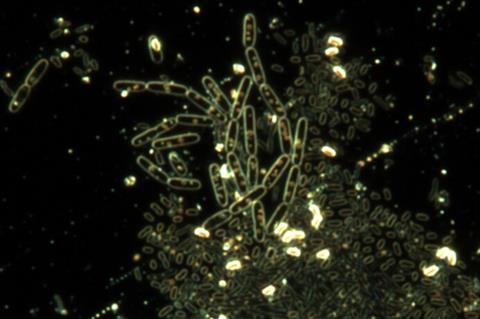Researchers from Tsinghua University have conducted a study entitled “Screen of microbial strains to reduce H2S and CH4 emission from wastewater”. This study was published in Frontiers of Environmental Science & Engineering, Volume 19, Issue 7.

Reducing H2S and CH4 emissions from wastewater is essential for environmental protection and public health. This study screened microbial strains capable of effectively reducing these emissions from anaerobic wastewater and explored their mechanisms.
READ MORE: Drones reveal unexpectedly high emissions from wastewater treatment plants
READ MORE: Bacteria key to solar-powered method to convert sewage sludge into green hydrogen and animal feed
The results demonstrated that Bacillus subtilis and Saccharomyces cerevisiae reduced H2S emissions by 42.67% and 68.72%, and CH4 emissions by 58.17% and 77.12%, respectively. Both strains notably elevated the oxidation-reduction potential, which impeded electron transfer efficiency and promoted the accumulation of intermediate sulfur compounds (e.g., S0 and S2O32−).
Furthermore, the presence of B. subtilis and S. cerevisiae also increased the concentrations of longer-chain volatile fatty acids (VFAs), including butyrate and propionate, which are less readily utilized by methanogens, thus contributing to reduced CH4 production.
Microbial communities
Microbial community analysis revealed that the relative abundance of Desulfobacterota decreased drastically, by 99.06% in the B. subtilis group and 97.97% in the S. cerevisiae group compared to the control. Additionally, genera associated with the production of lactic acid, propionate, and butyrate became more dominant, thereby limiting the availability of substrates for methanogens and further reducing CH4 emissions. Functional prediction analyses corroborated these findings, indicating a reduced abundance of genes involved in sulfate reduction and methanogenesis.
Overall, this study demonstrates that S. cerevisiae and B. subtilis effectively reduce H2S and CH4 emissions by altering microbial community composition and metabolic pathways, offering a sustainable approach for wastewater treatment.
For more detailed information, the full paper is available at: https://journal.hep.com.cn/fese/EN/10.1007/s11783-025-2013-8.







No comments yet